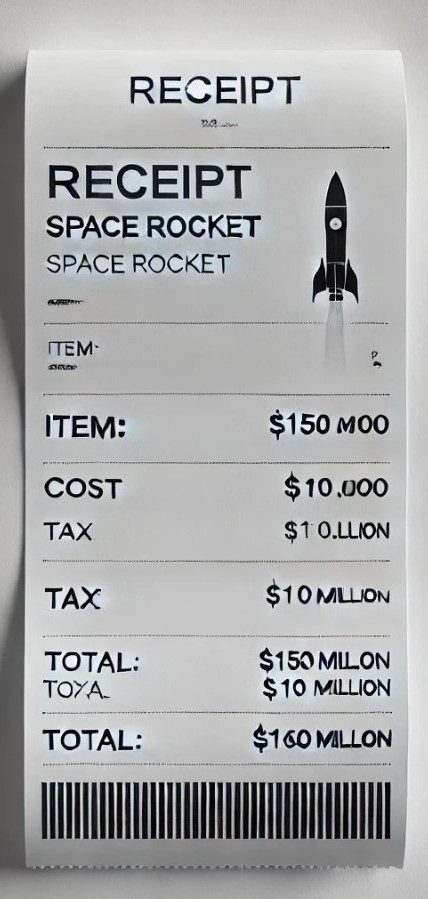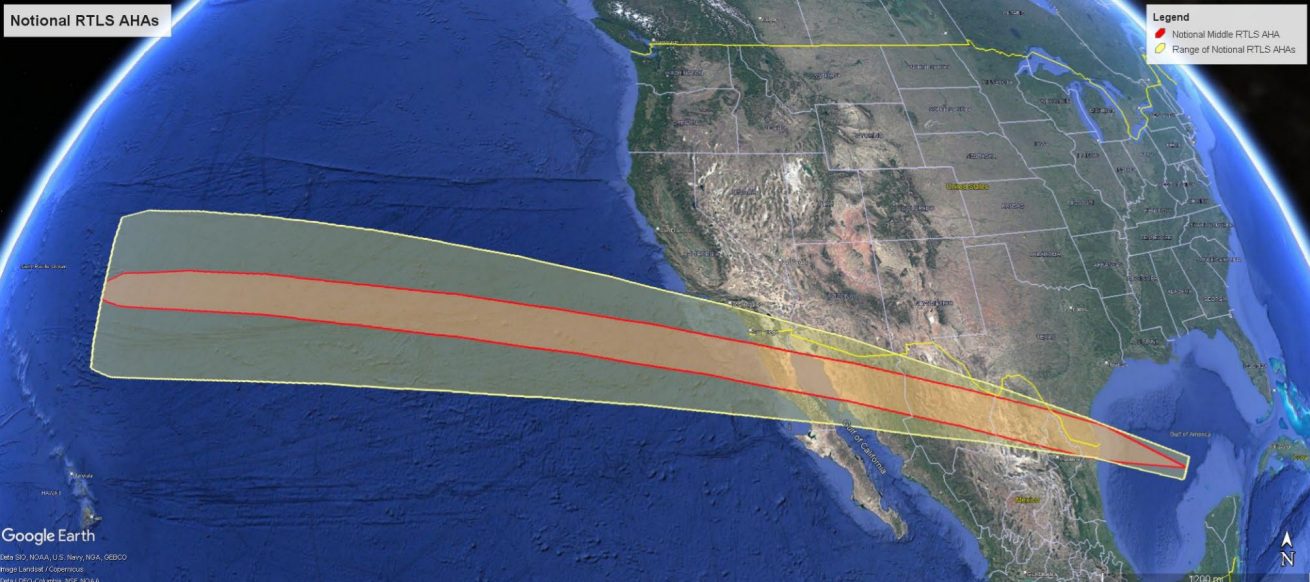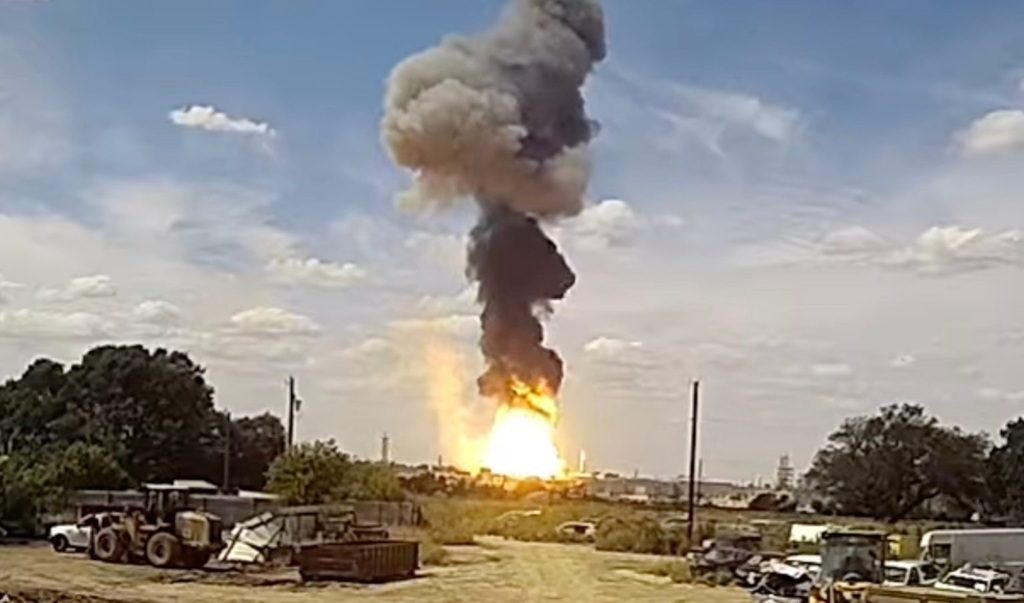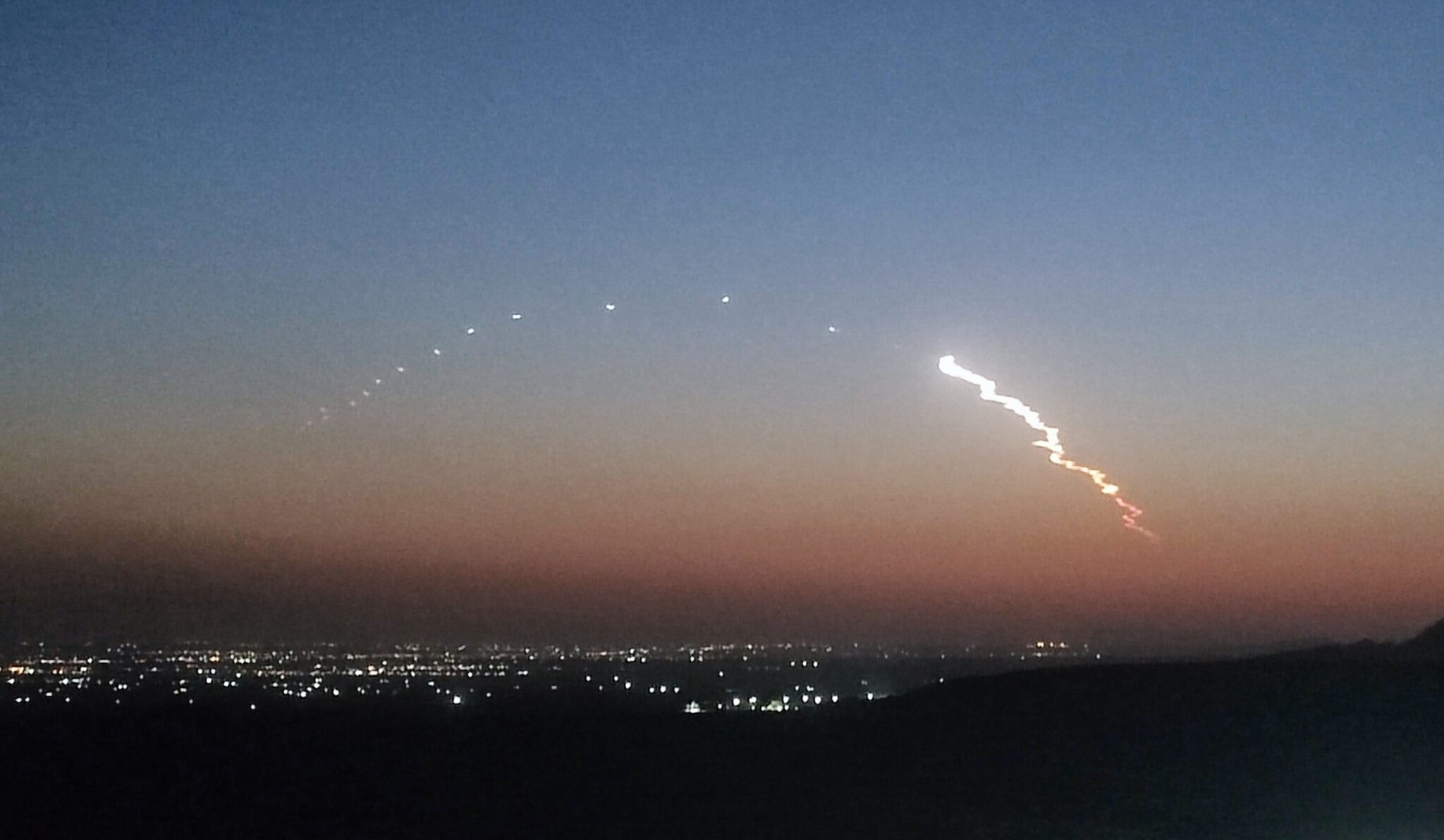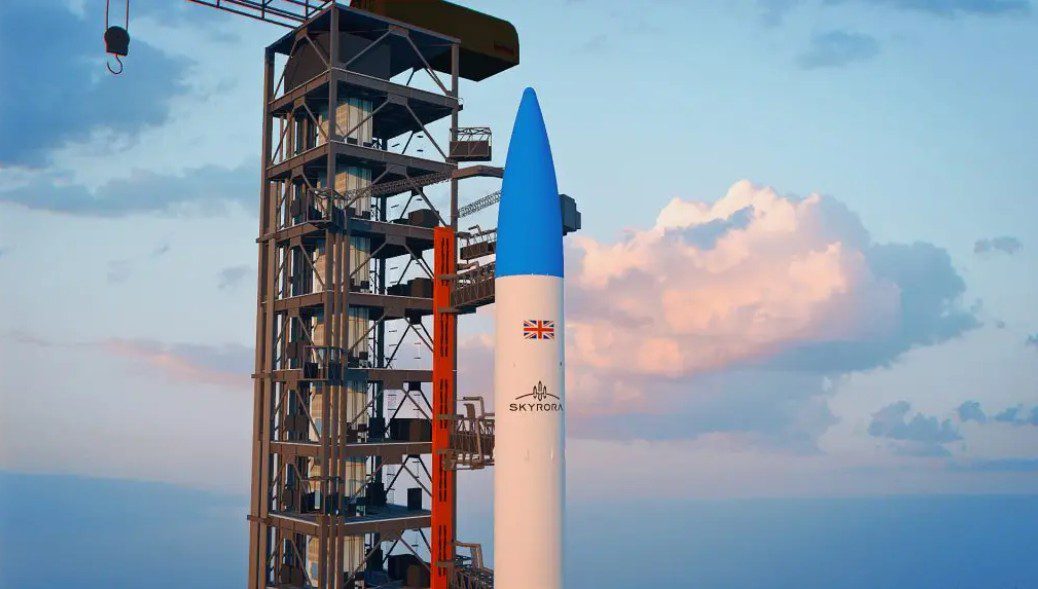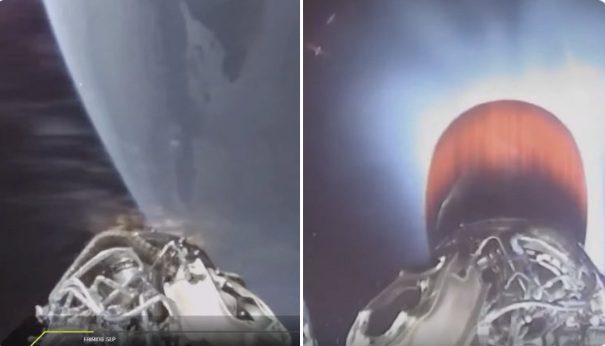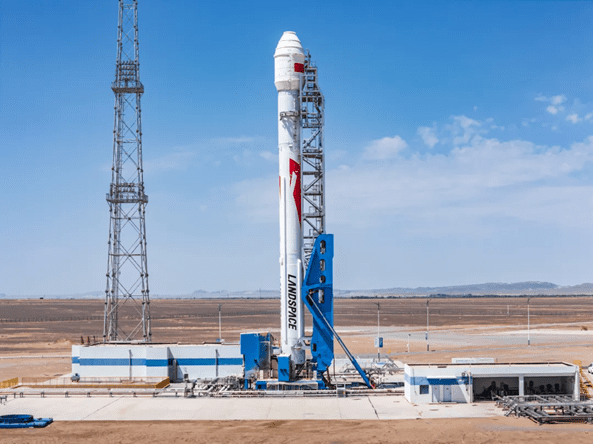India’s space agency was left a little shaken after its dependable PSLV launch vehicle sustained a rare failure.
The launch took place from the Satish Dhawan Launch Center in Sriharikota, India at 0029 GMT on 18 May. On board was the EOS-09 satellite (also known as RISAT-1B) carrying a Synthetic Aperture Radar (SAR). The 1.6 metric ton EOS-09 was designed to make Earth observations even through cloud cover.
Whereas other rockets in the ISRO stable have proved inconsistent in performance (e.g. the GSLV 2 family), the PSLV is renowned for its relative reliability. According to the Slingshot Seradata database, the PSLV family has flown successfully 58 times out of 63 attempts. The last failure, in 2019, was followed by 16 successful flights.
The four-stage launch vehicle on flight C-61 initially performed well. The first- and second-stage burns, and respective separations, occurred successfully. However, things went wrong during the third-stage burn. The remaining rocket assembly (third and fourth stages plus satellite payload) fell from the sky. The rocket is assumed to have broken up as it re-entered the atmosphere with the debris falling into the Bay of Bengal, several hundred kilometres downrange. Its payload, EOS-09, is not believed to have been insured on the international market.
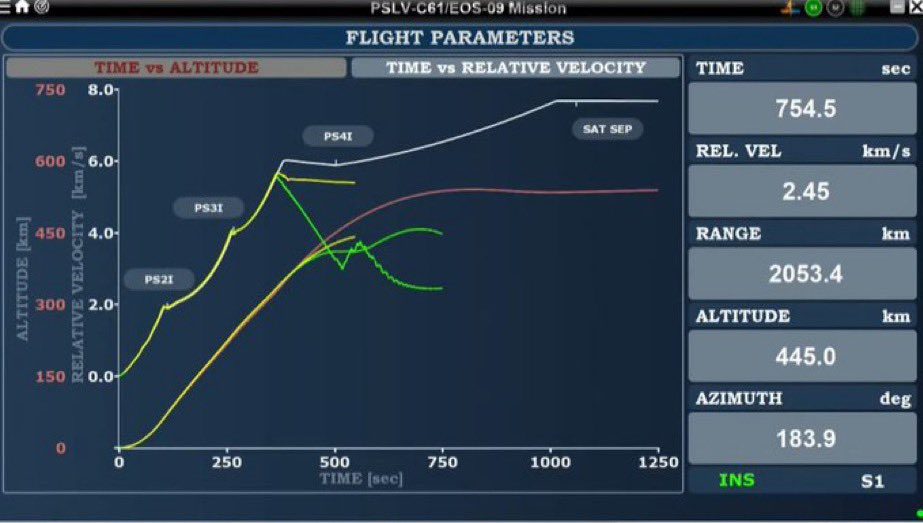
Launch flight profile for PSLV-XL’s flight C-61. The downward altitude green line shows that all went wrong during third stage burn. Courtesy: ISRO
A loss of thrust was the cause of the failure, according to Dr V. Narayanan, Head of the Indian Space Research Organisation (ISRO). “There was a fall in the chamber pressure of the motor case and the mission could not be accomplished,” he said. A full investigation into the failure has been initiated.
The PSLV launcher consists of a solid-rocket first stage surrounded by six solid-propellant boosters. In the case of the XL variant, these are new stretched versions of the original boosters. A liquid-propellant (N2O4 and UDMH) second stage is installed atop the first stage, followed by a solid-propellant third stage and a liquid-propellant fourth stage.

